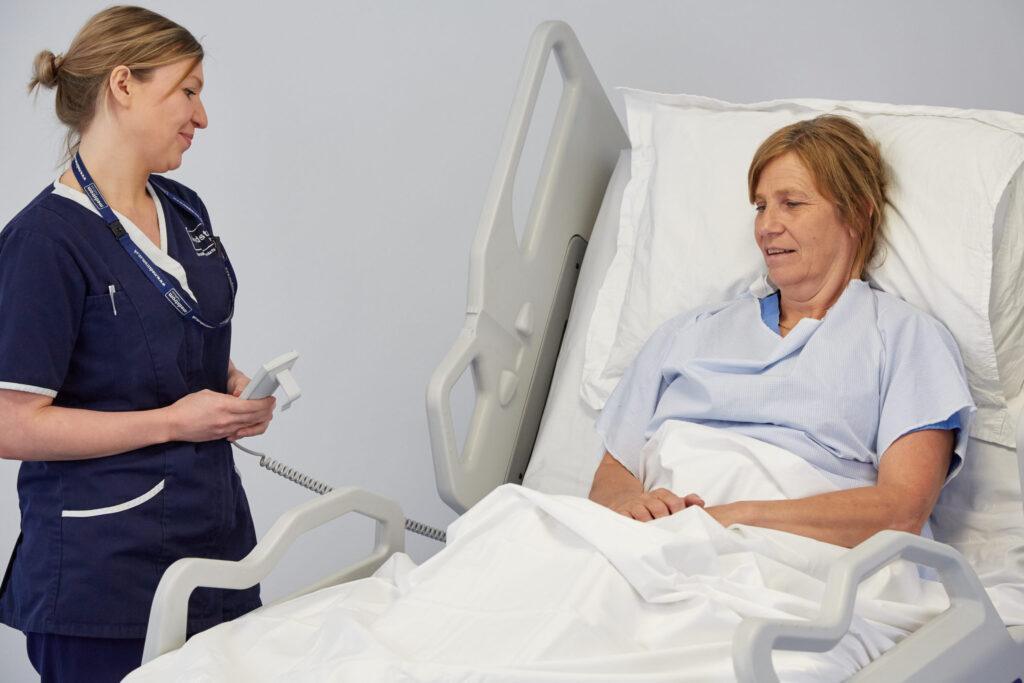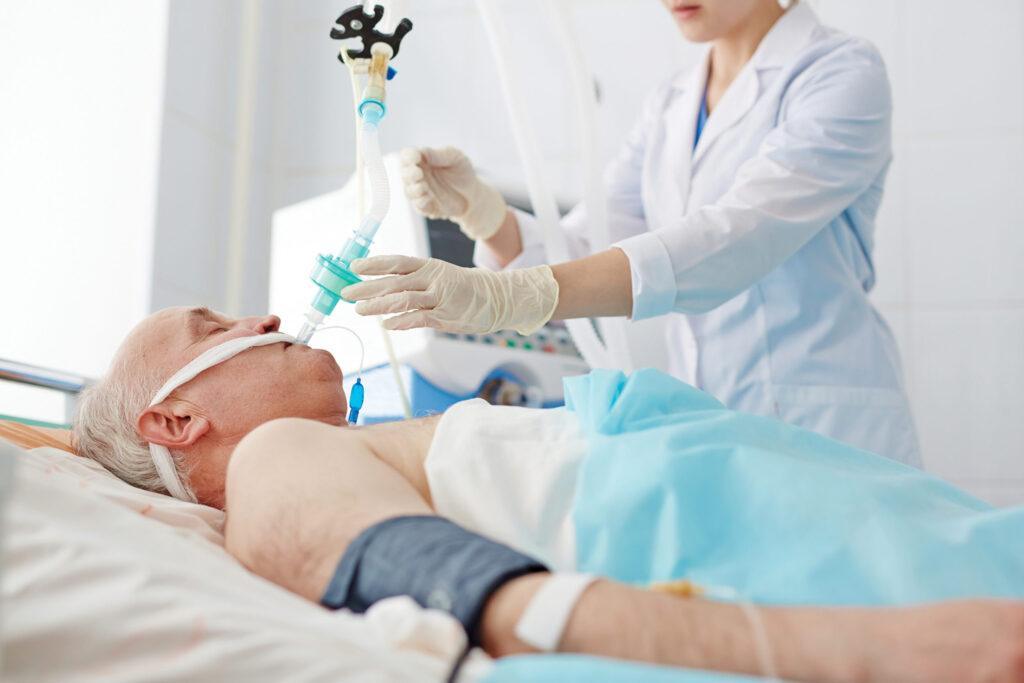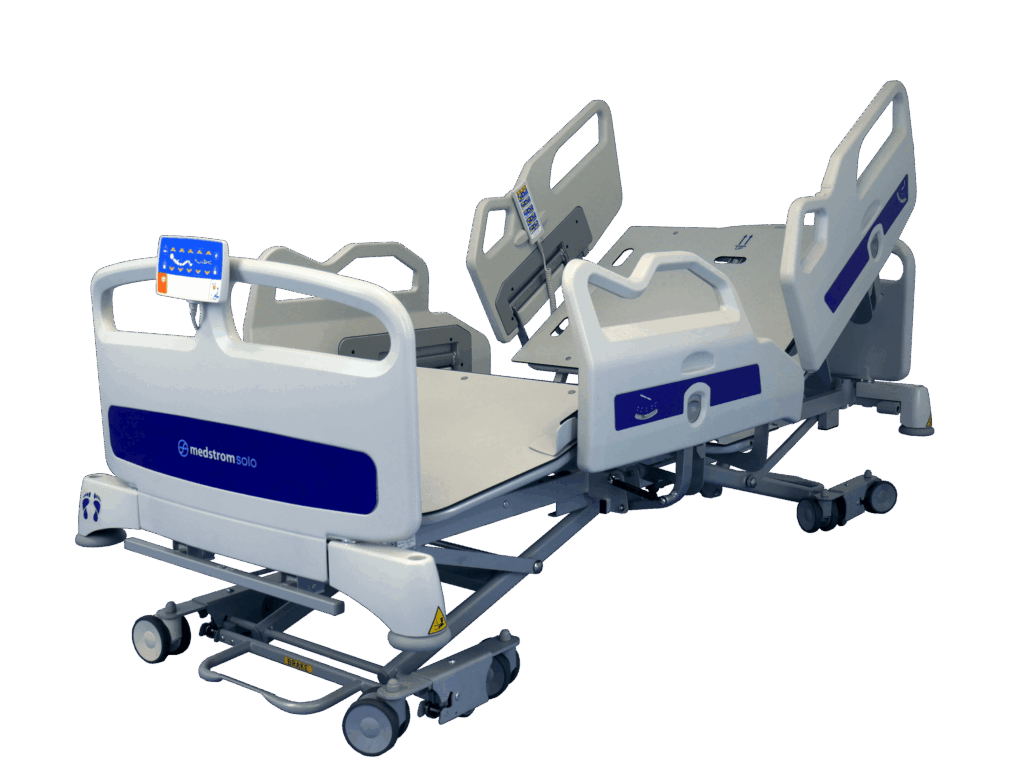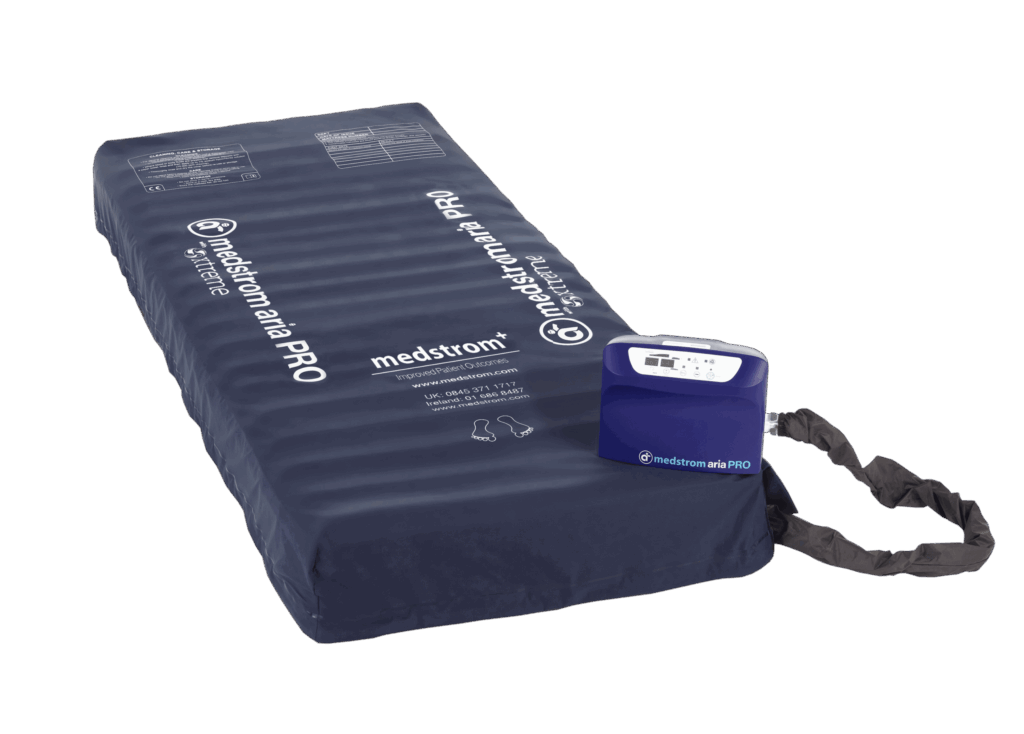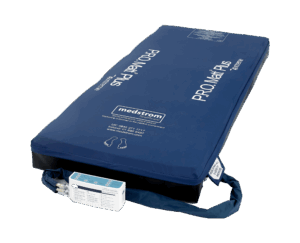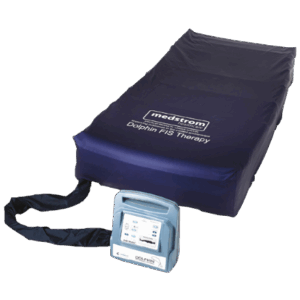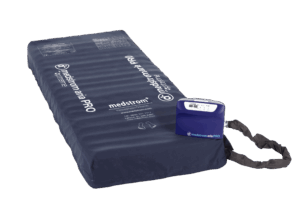
Part 1: How Do I Prevent Pressure Ulcers?
Part 1: Risk Assessment
When we look at how we prevent pressure ulcers (also known as pressure sores, bed sores, wounds, or pressure injury), we need to have an understanding the causation of pressure ulcers. This not only includes what a pressure ulcer is, but also an understanding of the skin and extrinsic factors that cause pressure ulcers (read more about this topic here).
With this understanding, it can be used to support the use of a pressure ulcer risk assessment tool (an aid to assessment of those patient that may be at risk of development of pressure ulcers). NICE (2014) state “an assessment of pressure ulcer risk should be based on clinical judgement and/or the use of a validated scale such as the Braden scale, the Waterlow scale or the Norton risk‑assessment scale for adults and the Braden Q scale for children”1
Patients within any care settings (as recommended by EPUAP) should have a structured risk assessment as soon as possible. Ideally, this would be within a maximum of eight hours after admission to identify individuals at risk of developing pressure ulcers. A reassessment should be undertaken if there is any significant change in the individual’s condition.2
The EPUAP also point out a caution: “do not rely on a total risk assessment tool score alone as a basis for risk-based prevention” and they emphasise that risk assessment tool subscale scores and other risk factors should also be examined to guide risk-based planning.2
To commence a comprehensive risk assessment, the following guidance is noted:
-
- As soon as possible but within eight hours of admission (or first visit in community settings)
- As part of every risk assessment
- Ongoing based on the clinical setting and the individual’s degree of risk
- Prior to the individual’s discharge
Download Our Pressure Ulcer Guide
Read part 2 on how to prevent pressure ulcers where we discuss early invention.
Click here for part 3 which discusses the importance of mobilisation.
